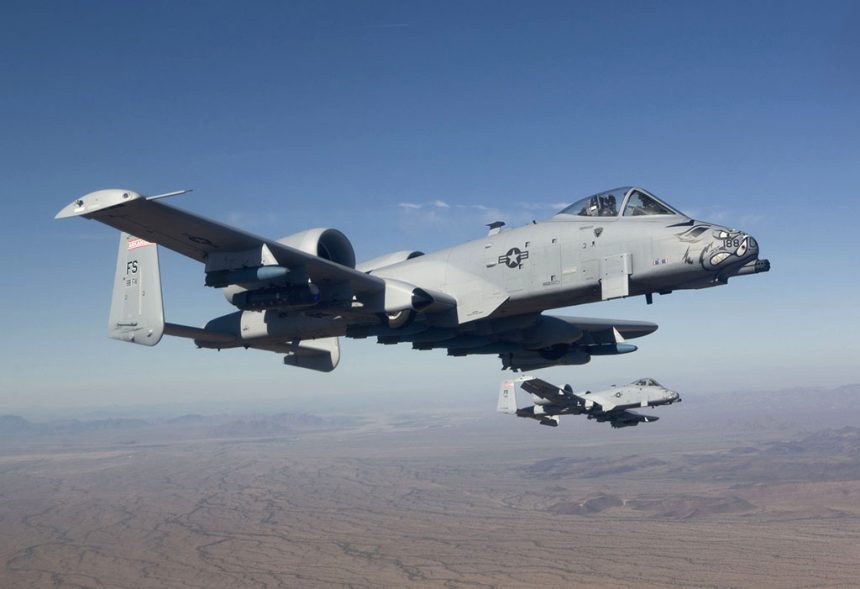Northrop Grumman was recently awarded with two contracts from USAF.
The issue which is regulated by these contracts is a logistic support for A-10 Warthogs, and the sum of money allocated to the aforementioned agreement is $24 million.
The contract is called the A-10 Thunderbolt Life Cycle Program Support (TLPS), and includes indefinite delivery, indefinite quantity contract vehicle.
What is more, the contract includes ASIP (aircraft structural integrity program) Modernization V. Its assumption is to keep the A-10 flying through 2028 and beyond that date and it is possible that the aircraft will receive updated systems.
In other words, this means that the A-10 will remain in the active service in large numbers even though after the sequester this was not so certain.
The process will at least be prolonged in time – even if the number of Hogs is to be limited, it won’t until a large number of F-35s is introduced.
Even if the A-10 is still considered the best CAS (Close Air Support) plane ever designed, its capabilities may be a bit limited is particular scenarios, as in the Pacific theatre. Furthermore, it is a purely single-purpose aircraft, as opposed to F-35.
U.S. Air Force operates 346 A-10s, half of those used by Air National Guard. The Congress protested against getting rid of 5 squadrons of A-10s last year, and it has already said that the protest is to be continued in 2014.
Jacek Siminski for The Aviationist

















